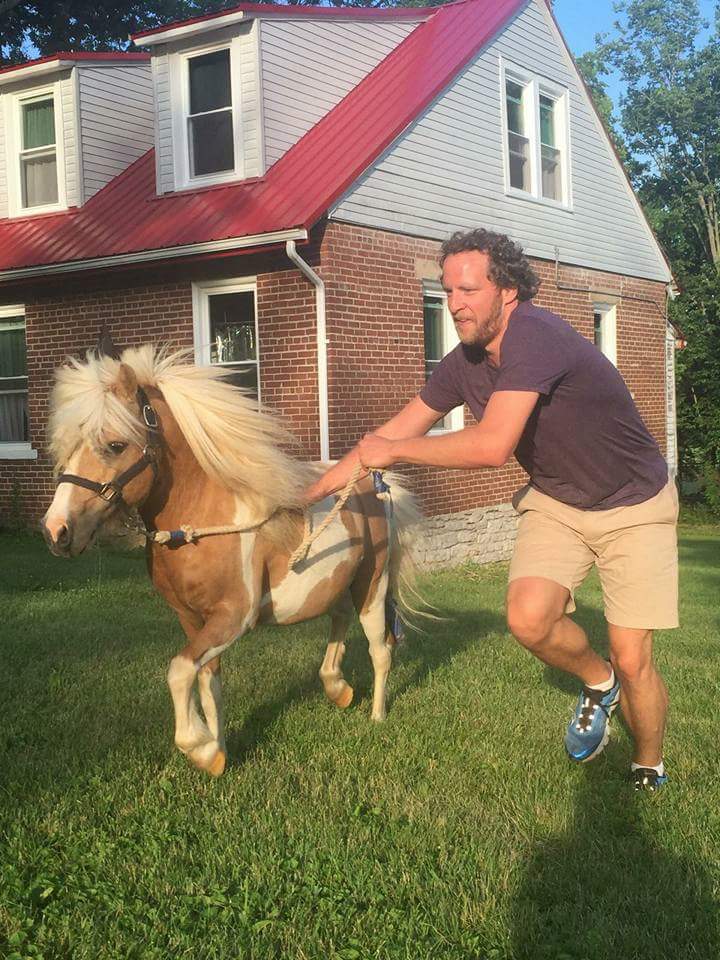Image Basics
Things to Learn
- Where to put image files for use on your site
- What the dimensions of the images on your site should be
- How to use images for your site background
- How to place images in your content that are centered, floating, and used as a header
- How to use the
<figure>and<figcaption>elements to create and style captions for your images
Setup and Editing
- Create a folder in your project for images
- Image editing basics
- Save the largest version of an image you can find
- Header and content images should be at least as big as your container
- Background images should be tiling or very large (1,600 pixels wide or larger)
- Basic editing and exporting
- YouTube videos or free trial at Lynda.com
- Rename your images - lowercase, no spaces, etc.
- Image formats
- JPG - photographs
- PNG - images with transparency
- Save the largest version of an image you can find
Background Images
- CSS
background-imagebackground-repeatbackground-attachmentbackground-positionbackgroundshorthand property
- Useful tiling backgrounds at Subtle Patterns
- High resolution images at Unsplash
Images in Content
<img src="http://address.com/file.png" alt="Alternate Text"/>- Centering
- Floating
floatproperty with margin and padding as needed
- Header images in CSS
Captions
If you’d like your image to have a caption, use a figure element:
<figure>
<img src="image.jpg" alt="Description of picture">
<figcaption>Caption for picture</figcaption>
</figure>
You may wish to add a class to your figure element for easy styling:
<figure class="example">
<img src="image.jpg" alt="Description of picture">
<figcaption>Caption for picture</figcaption>
</figure>

You can then style your image and caption using .example, .example img, and .example figcaption in your stylesheet.